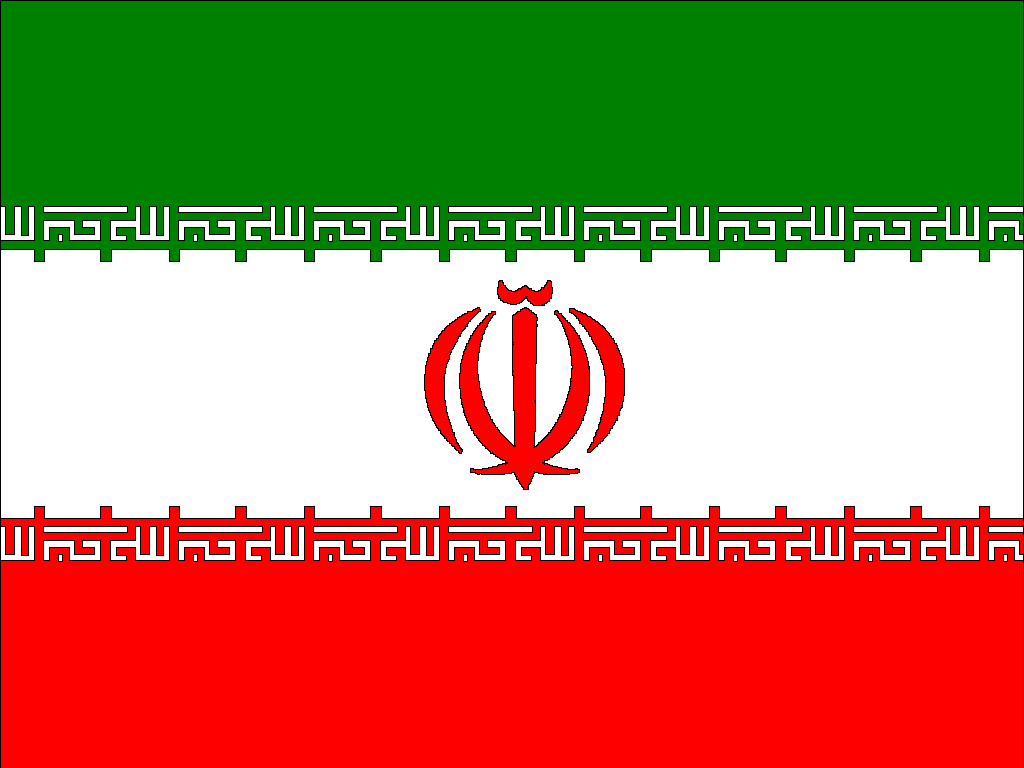Part 1 of 2 Parts
The United Nations’ (U.N.) top nuclear official is now warning that Iran has enough highly enriched uranium to build “several” nuclear warheads if it chooses. Unfortunately, diplomatic efforts once again restricting Iran’s nuclear program seem even less likely than before as Iran supplies drones to Russia in its war on Ukraine and riots shake the Islamic Republic.
The warning about Iran’s uranium was issued by Rafael Mariano Grossi of the International Atomic Energy Agency (IAEA). He was responding to questions from European lawmakers this week which illustrated just how concerned the international community is. Iran has never enriched uranium to as high a level, even during the height of previous tensions between the West and Iran under the hardline President Mahmoud Ahmadinejad before the 2015 nuclear deal.
For the past few months, nonproliferation experts have suggested that Iran had enough highly enriched uranium to build at least one nuclear weapon. Iran has long claimed that its program is for peaceful purposes. Grossi remarked that “we need to be extremely careful” in describing Iran’s nuclear program. He also bluntly acknowledged just how big Iran’s high-enriched uranium stockpile had grown. Gross said, “One thing is true: They have amassed enough nuclear material for several nuclear weapons, not one at this point.”
The Argentinian diplomat then referred to Benjamin Netanyahu’s famous 2012 speech to the U.N. In the speech, the Israeli prime minister held up a cartoon-style bomb with a burning wick. He drew a red line through the image to urge the world not to allow Iran’s program to highly enrich uranium. The 2015 nuclear deal drastically reduced Iran’s uranium stockpile and capped its enrichment to three point six seven percent. Netanyahu successfully lobbied then-President Donald Trump to withdraw from the accord and created the current international tension.
Grossi said, “You remember there was to be this issue of the breakthrough and Mr. Netanyahu drawing things at the U.N. and putting lines — well, that is long past. They have 70 kilograms (155 pounds) of uranium enriched at 60%. ... The amount is there. That doesn't mean they have a nuclear weapon. So they haven't proliferated yet.”
However, the danger still remains. Analysts pointed out what happened with North Korea (N.K.). It had reached a 1994 accord with the U.S. to abandon its nuclear weapons program. The arrangement collapsed in 2002. By 2005, N.K. was concerned about U.S. intentions after it invaded Iraq so it announced that it had built nuclear weapons. Today, N.K. has ballistic missiles that are designed to carry nuclear warheads and are capable of reaching the U.S. mainland.
Iranian diplomats have for years pointed to Supreme Leader Ayatolla Ali Khamenei’s preachings as a binding religious edict or fatwa that Iran would not develop an atomic bomb. However, Iranian officials in recent months have begun to openly talk about the possibility of building nuclear weapons.
Talks between Iran and the West ended last August with a “final text” of a roadmap on restoring the 2015 arrangement that that Iran has still not accepted.
Please read Part 2 next
